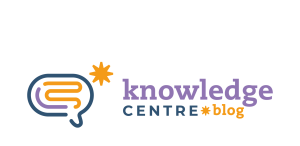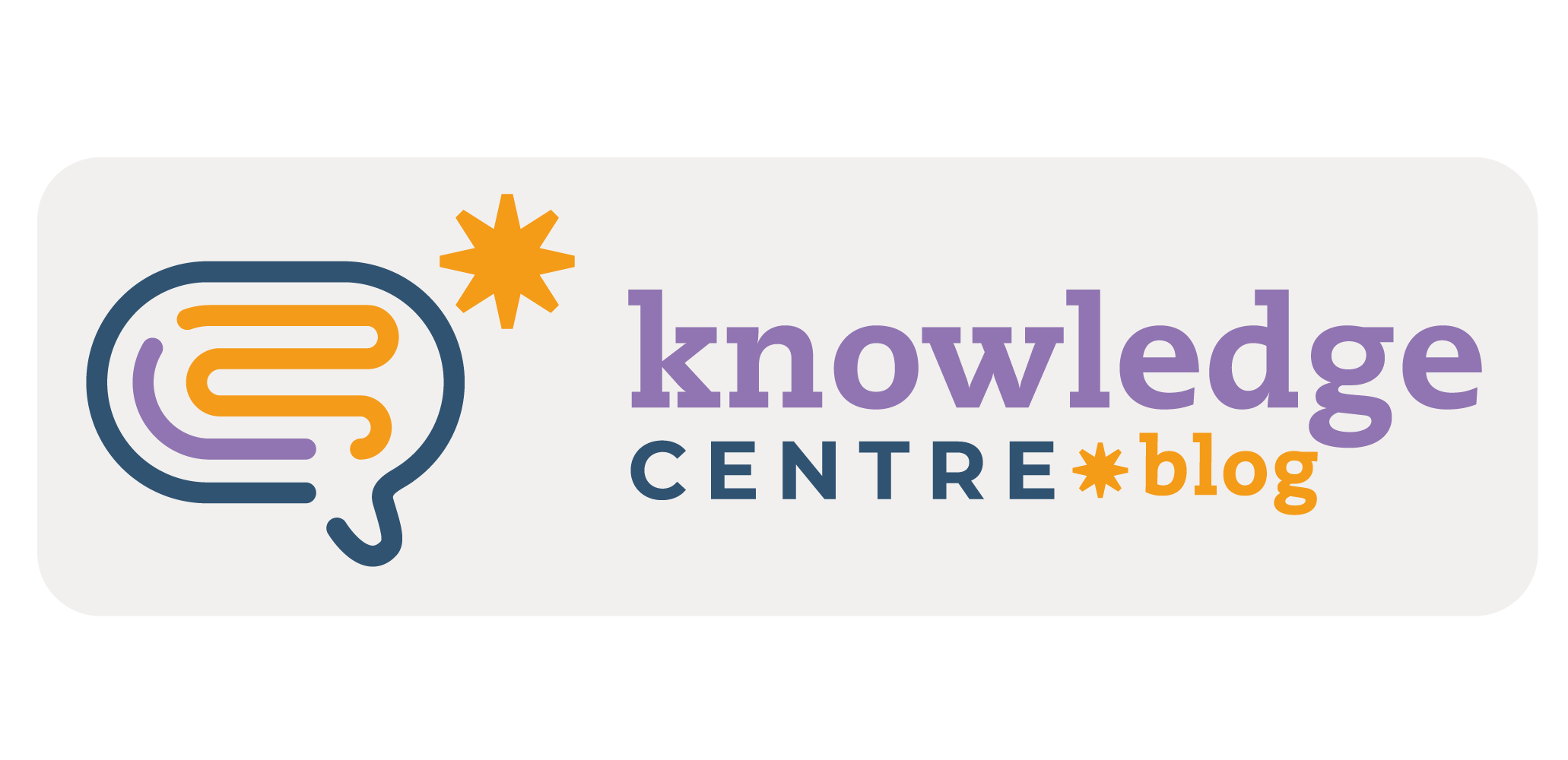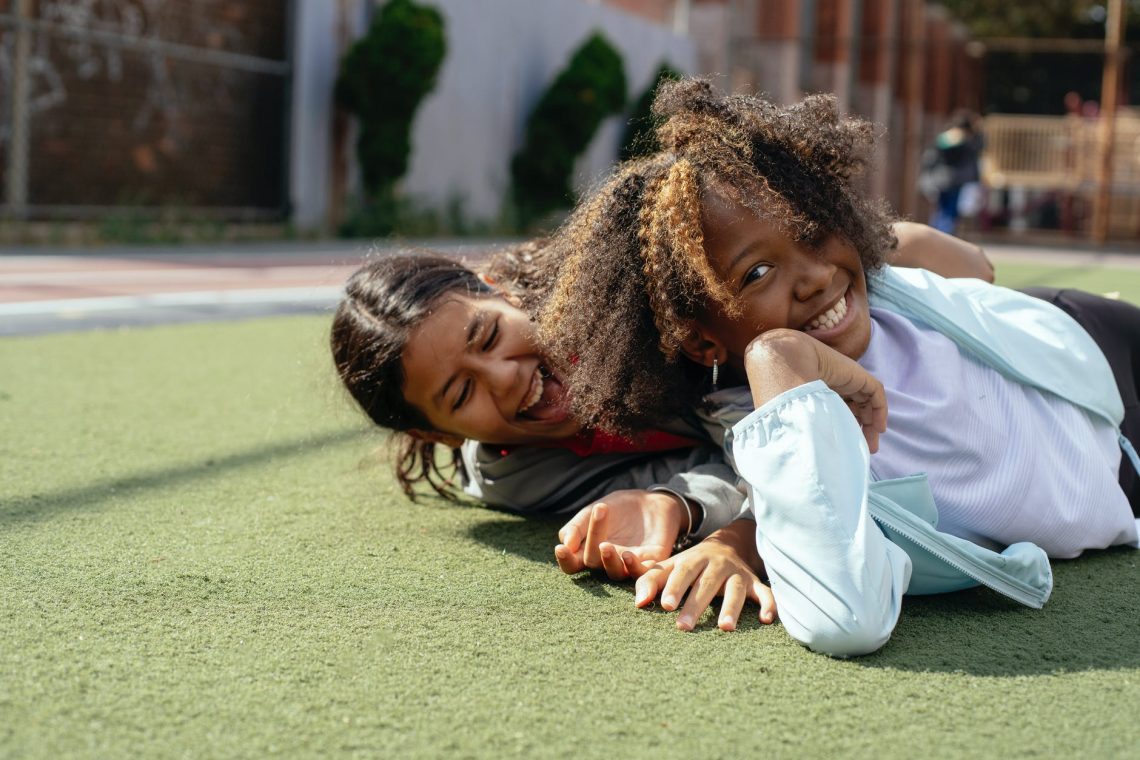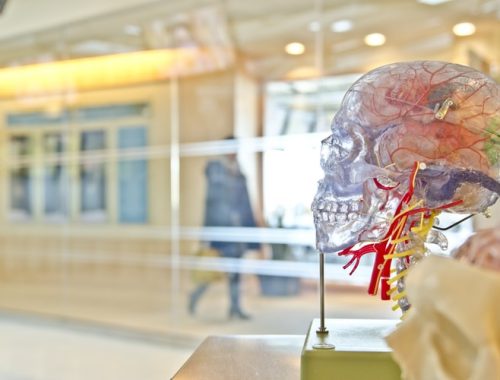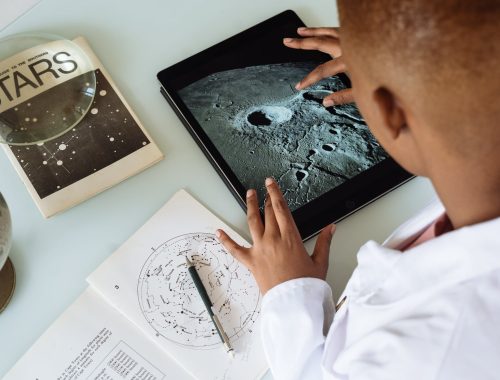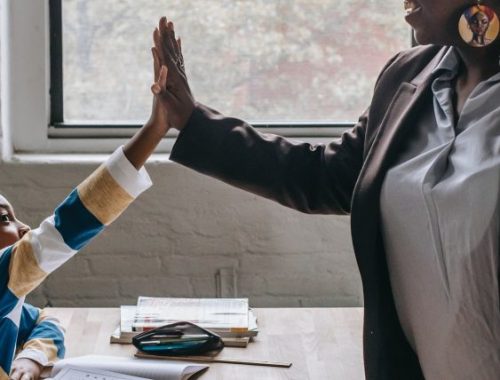It was 2002 and Britney Spears sang on the MTV channel “I’m not a girl, not yet a woman’’. I was 12 years old and couldn’t relate more. Now, flashing forward, many years later, and there I was trying to teach around 30 students, all of them eleven or twelve-year olds, each one going through a lot of changes in their lives, all of them trying to speak at the same time and so on. If you ever had any kind of contact with tweens you can clearly see this picture, and if you ever had a classroom full of them, you are aware of the challenges of teaching this age group.
First, who are ‘tweens’? There is still no consensus in science when it comes to human development about when childhood finishes, and adolescence begins. From a medical perspective, teenagehood starts with puberty, which varies from one another, but there is a gray area in this transition from child to teen that is now commonly referred to as tween – a neologism formed by the junction of the words between and teenager.
The Cambridge Dictionary defines tween as “a child between the ages of approximately eight and twelve”, but it is important to keep in mind that every person develops differently, and that both physical and psychological development happen at a different pace. In the words of Dr. Arnold Gesell “chronological time is by no means identical with developmental time – the duration of the ‘inner’ stages of growth or with physiological time”.
We all know that a lot of physical changes start to occur at this age. Boys and girls are for the first time facing a big differentiation in their bodies and this can cause anxiety, fear and even shame. In a very short period everything changes: hair, body fat, skin, voice, height and of course, the hormones are working very hard. Never again will the human body face such a drastic change.
For tweens, the world is easier to navigate than before. They already understood most of the ‘rules of the game’ of this complex thing called life. They know the ‘dos and don’ts’ of their families, schools, cities, etc. But while children see the world in ‘black and white’, preteens are starting to realize that every story has at least two sides, that rules have exceptions and can be bent. This leads to a lot of questioning toward living in society, politics, the roles people assume in the community and so on.
As teachers we can foster discussions in the classroom, providing different perspectives on a myriad of topics and welcoming students’ contributions, remembering not to act like someone who knows all the answers, but rather as a mediator between them and society. The students need to feel that the classroom is a safe space for sharing ideas, raising questions and making mistakes.
The world of fantasy of the little kids becomes more realistic, the tweens start to see the flaws in adults and detach their image from their family/parents. There is an urge to achieve independence and have more privacy, which can cause some conflicts in their homes. For the first time in their lives, students are concerned about their future and can clearly see the relation of cause and consequence (if I do not study for a test, I can fail it).
In the classroom it is a great idea to assign roles for students in each class (or each week, or for each project, for example). Even though the tweens crave for independence, they are still struggling with real autonomy, that comes with real consequences, so the classroom is a perfect location to start developing it. The teacher can guide students and always provide feedback not only in content and language, but also on attitude (cultural aspects).
Tweens never cease to amaze us. One day they can behave as mini-adults and on the other one as little kids, throwing tantrums all around, screaming and fighting. And that is normal, because they are still understanding all those changes and who they are in this world. They can become self-conscious, worry about their appearance, and start a long search for self-identity.
It is very common that during this phase preteens try a lot of different things. Different looks, different sports, play different instruments, having new and odd hobbies. They are experimenting the world around them, all the possibilities and becoming more aware of their talents. As the grown-ups in this relation, it is important that we support and guide them in this search. “If not allowed to discover their own talents in their own time, they will develop a sense of lack of motivation, low self-esteem and lethargy” says Dr. Erik-Erikson. He names this phase of life ‘Competence: industry vs. inferiority’. The psychologist also defines an existential question for this period that is: ‘Can I make it in the world of people and things?’
As we can see, there is so much going on inside tweens’ minds and bodies, much more than we can cover but, as Rudolph Steiner mentioned, before these youngsters can fully bloom in teenagers, they need to see their teachers as figures of love and authority, never one or the other. Luiza Lameirão says that the task of the educator is to lead those soon to be teenagers to autonomous judgement, so they can interpret reality on their own and not become helpless to all kinds of external influences. As teachers, we can present the world to our students, help them understand perspectives and give them courage to understand themselves and who they want to become.
So, here I go back to my teenage years, when I used to listen to Britney Spears and worry about how I could make it in this world that is constantly changing and demanding more and more of me. I do believe that every time we go back to this time of our lives we can understand more about our own students.
How did you use to feel when you were a tween? What were your worries?
References:
ERIKSON, Erick. Childhood and Society. London: Penguin, 2015.
GESSEL, Arnold. Youth: The Ages of Ten to Sixteen. London: Hamish Hamilton, 2005.
By EDC
